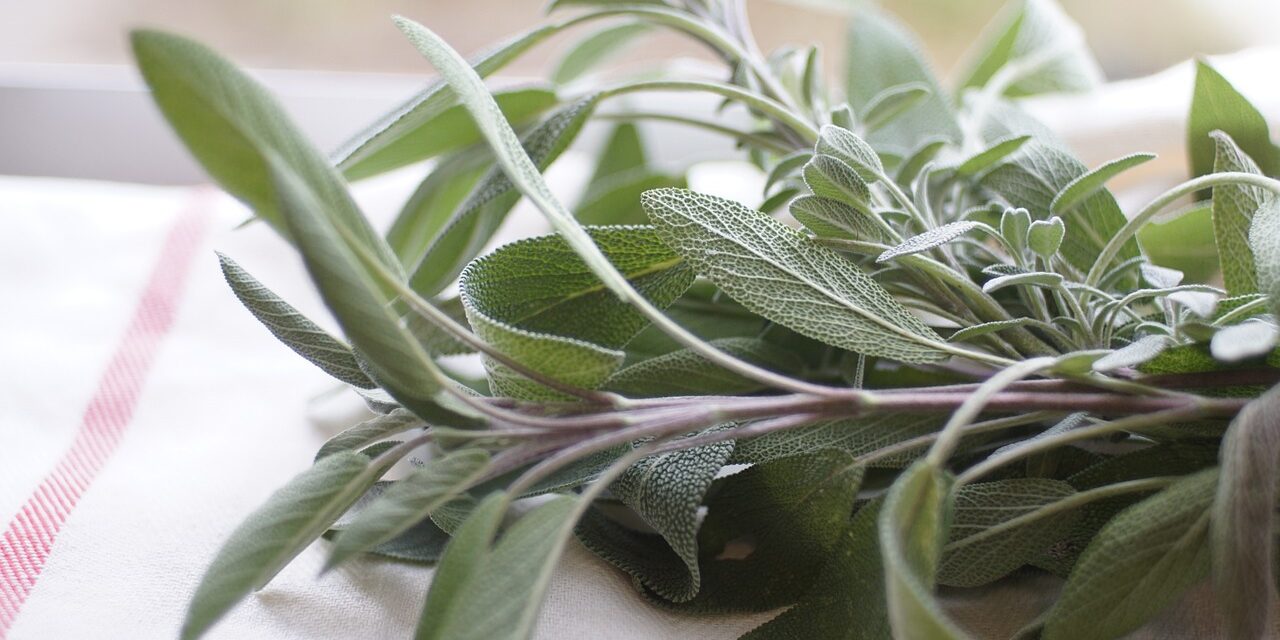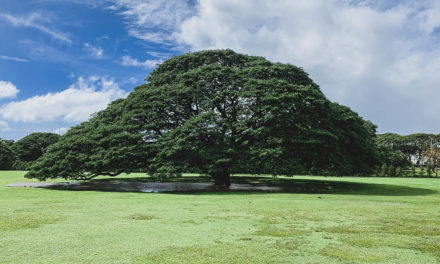Today, we’re diving deep into one of my favorite culinary and medicinal herbs – Sage. I’ve found it a wonderfully versatile addition to my little green paradise. Besides its culinary uses, did you know you can even create your own sage bundles for cleansing your living spaces?
Getting to Know Sage
Sage, or Salvia officinalis, is a hardy perennial that’s easy to grow and offers an incredibly aromatic experience.
It has silvery-green leaves and delicate purple flowers that add beauty to any garden. When rubbed between your fingers, the leaves release a captivating scent that’s relaxing and invigorating.
Choosing the Perfect Spot for Sage
Sage loves the sun.
In our Sacramento Zone 9b, you’ll want to pick a nice spot that gives your sage plant at least six to eight hours of direct sunlight daily. However, sage is also somewhat tolerant of partial shade, particularly in hotter afternoons.
As for soil, sage prefers well-draining ground. A slightly sandy or gravelly soil works best. Add some organic compost or sand to improve drainage if your garden has heavy clay soil.
Quenching Sage’s Thirst
While sage is drought-tolerant once established, it does need a regular watering schedule during its first growing season. A good rule to follow in your garden is to give your sage plants a deep watering once a week. However, be sure not to overwater, as sage doesn’t like to have “wet feet.”
Keeping Your Sage Happy and Healthy
Sage isn’t a heavy feeder, but a light application of a balanced organic fertilizer in the spring can boost your plants. To keep your sage bushy and productive, prune it back in the early spring before the new growth starts, removing about one-third of the plant. This will encourage bushier development and more leaf production.
Harvesting Sage: A Savory Reward
Harvesting sage is a simple and enjoyable process.
You can being your sage harvesting of leaves when the plant is large enough to spare a few. Pick leaves in the morning after the dew has dried for the best flavor. To make your sage bundles for smudging, tie a few stems together and hang them in a warm, dry place.
Propagating Sage: More of a Good Thing
One of the great things about sage is that it’s easy to propagate. You can start new plants from seeds, cuttings, or by division. I prefer taking cuttings because it’s quick, and I can see some great results in just a few weeks.
Endless Possibilities: Sage in Your Life
Sage possibilities are endless from seasoning your favorite poultry dishes to creating a calming atmosphere in your home. Not to mention the great and immense satisfaction you get from growing your own herbs.
As I continue my journey in herb gardening, I’m constantly finding new ways to use these aromatic gifts of nature. Now, how will you use your sage? Are there other herbs you’re curious about?





